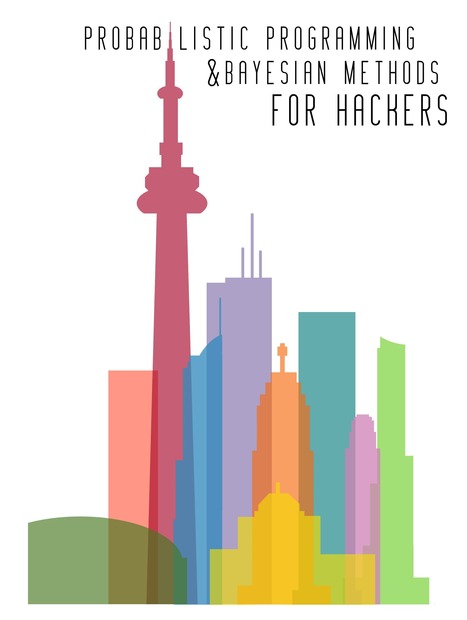The world of social media is increasing and has a powerful role to play in the future.
View this infographic to find more statistics about online behavior and the use of Facebook, Twitter, LinkedIn, YouTube, Pinterest and Instagram across the globe...
Via Lauren Moss, Angie Mc, Ivo Nový, luigi vico



 Your new post is loading...
Your new post is loading...








 Boolean variables then the probability function could be represented by a table of
Boolean variables then the probability function could be represented by a table of  entries, one entry for each of the
entries, one entry for each of the 




Making friends worldwide is one of the best parts of participating in social media. I especially love how Twitter makes it easy to connect across time zones.
La Guia completa del Social Media en el Mundo
Astonishing figures!